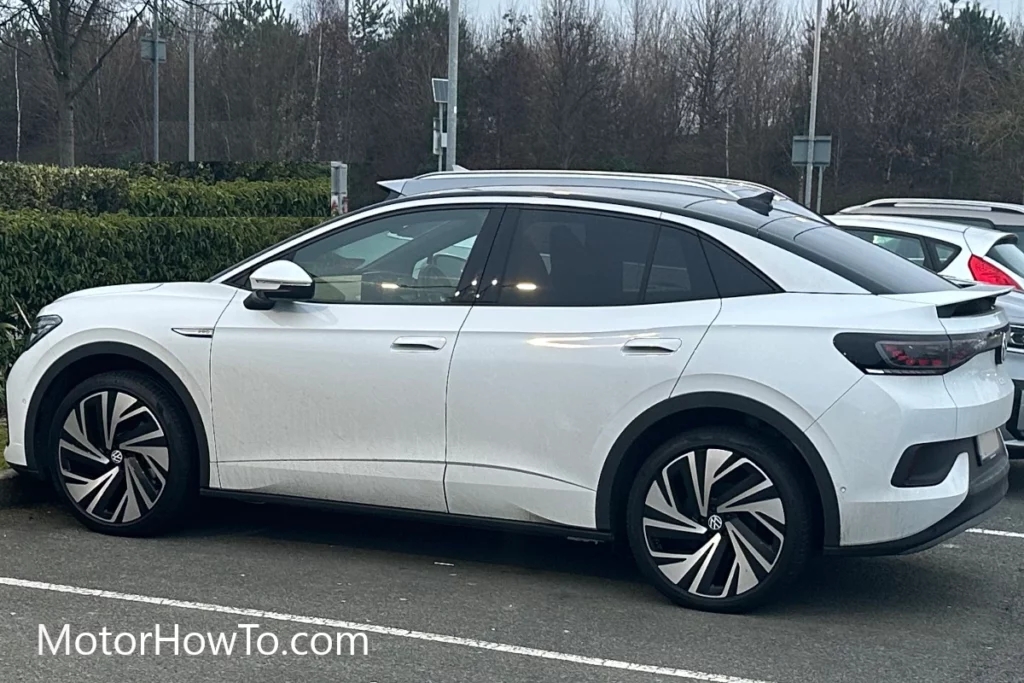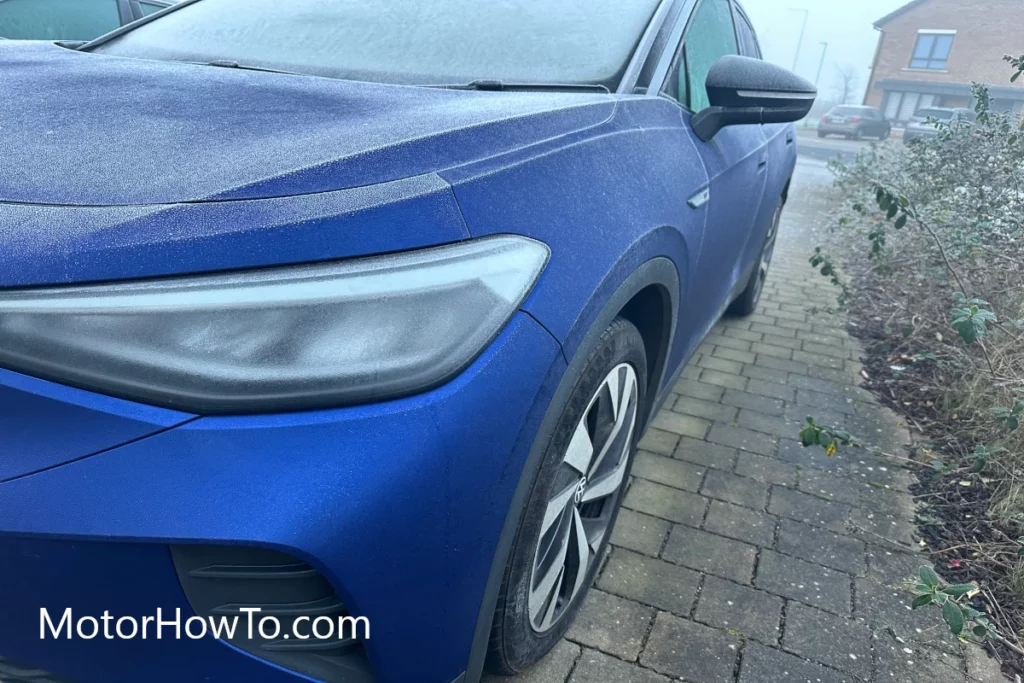Regenerative braking is a vital component of modern electric vehicles (EVs), allowing kinetic energy conversion into electrical energy, extending the range, and improving fuel efficiency.
However, there are instances when regenerative braking becomes unavailable, leaving drivers with a reduced level of control and performance.
In this article, we will explore the reasons behind the unavailability of regenerative braking, examining the factors contributing to this issue and its impact on the vehicle and its passengers.
Regenerative braking can become unavailable for various reasons, such as malfunctioning components, low battery charge, software faults, or high-speed driving.

Whether you are a seasoned electric vehicle owner or a new driver looking to understand the technology, this article will provide a comprehensive overview of the subject.
By examining the latest research and expert opinions, we will uncover the underlying causes of regenerative braking unavailability and the steps you can take to mitigate its effects.
From identifying common issues to discussing possible solutions, this article is designed to provide readers with the information they need to understand this complex subject.
Related:
- Why Turn Off Regenerative Braking? (Read First)
- How To Turn Off Regenerative Braking? (Explained For Beginners)
- Do Tesla Brake Lights Come On During Regenerative Braking? (Answered)
Why Does Regenerative Braking Stop Working?
Regenerative braking is a key technology in electric vehicles (EVs), allowing for the conversion of kinetic energy into electrical energy to be stored in the battery.
When it stops working, it can be due to various reasons, mentioned below:
One common cause is a malfunctioning component, such as a faulty inverter or motor control module. These components control the flow of electrical energy in the vehicle; if they fail, the regenerative braking system may not function properly.
Another reason for regenerative braking to stop working is a low battery charge. When the battery is depleted, there may not be enough electrical energy to support the regenerative braking system. Software faults can also cause the system to become unavailable.
Lastly, high-speed driving can also cause the regenerative braking system to become unavailable. At high speeds, the amount of kinetic energy generated by the vehicle can exceed the capacity of the regenerative braking system, leading to reduced performance or complete failure.
Can Regenerative Braking Be Disabled?
Yes, regenerative braking can indeed be disabled in some electric vehicles (EVs).
This is typically done through the vehicle’s settings or control panel, and the method of disabling it can vary depending on the make and model.
In some vehicles, regenerative braking can be turned off completely, while in others, it can only be adjusted to provide a lower level of regeneration.
Disabling regenerative braking can significantly impact the vehicle’s performance and range.
With regenerative braking turned off, the vehicle will rely more on traditional friction brakes, which can reduce the vehicle’s overall efficiency and increase the wear on the brake components.
Without regenerative braking, the vehicle cannot recapture energy that would otherwise be lost during braking, leading to a decrease in overall range.
As a result, it’s important to consider the impact of disabling regenerative braking before making any changes to the system.
Why Is Regenerative Braking Not Working After Tire Change?
If regenerative braking stops working after a tire change, it could be due to a problem with the tires or wheels themselves.
For example, if the tires are not properly inflated or are not the correct size for the vehicle, this can affect the vehicle’s ability to perform regenerative braking.
Additionally, if the wheels are not correctly balanced or aligned, this can cause vibrations that can interfere with the functioning of the regenerative braking system.
Another potential cause of regenerative braking failure after a tire change is a problem with the tire pressure monitoring system (TPMS).
The TPMS is responsible for monitoring the tire pressure and alerting the driver if it falls below a certain level. If the TPMS is not functioning correctly, it can interfere with the operation of the regenerative braking system.
In some cases, resetting the TPMS or recalibrating it may be necessary to restore the regenerative braking system to full functionality. If the issue persists, it may be required to take the vehicle to a mechanic for further inspection.
Check out this great article on TPMS and tire change: Do You Need To Replace TPMS With New Tires? (Solved)
What Limits Regenerative Braking?
Regenerative braking is a crucial component of modern electric and hybrid vehicles. It involves capturing kinetic energy generated during braking and converting it into electrical energy stored in the vehicle’s battery. While regenerative braking provides many benefits, it also has some limitations.
1. Battery capacity
The amount of energy you can store in the battery affects the amount of energy you can generate through regenerative braking.
2. Electrical system
The electrical system must be capable of handling the additional power generated during regenerative braking.
3. Brake system
The braking system must be designed to handle both regenerative and friction braking, and the switch between the two must be seamless.
4. Vehicle speed
The effectiveness of regenerative braking decreases at high speeds, as the energy generated is proportional to the vehicle’s speed.
5. Road conditions
Poor road conditions, such as wet or slippery surfaces, can reduce the effectiveness of regenerative braking.
6. Driver behavior
The amount of regenerative braking you can achieve depends on the driver’s ability to smoothly modulate the brakes, as sudden or jerky braking can reduce the system’s effectiveness.
Does Regenerative Braking Damage The Battery?
Regenerative braking does not damage the battery in electric vehicles (EVs). It can extend the battery’s life by capturing energy that would otherwise be lost during braking and returning it to the battery for storage.
The process of regenerative braking does place some demand on the battery. Still, it is designed to operate within safe limits to prevent damage to the battery or other components of the vehicle.
That being said, regenerative braking can impact the battery’s performance over time. As the battery is charged and discharged during normal operation, its capacity may gradually decrease, leading to reduced performance and range.
To maintain optimal battery performance, it’s important to follow the manufacturer’s recommendations for charging and discharging the battery and to have it regularly inspected by a professional.
Regular maintenance and attention to the battery’s health can extend its life and ensure that the regenerative braking system continues to perform effectively.
Do Regenerative Brakes Need Maintenance?
Regenerative brakes in electric vehicles (EVs) do require maintenance. Like any other vehicle component, the regenerative braking system can experience wear and tear over time. It may need to be serviced to ensure it continues functioning properly.
This can include routine checks of the components, such as the inverter, motor control module, and battery, as well as more extensive services, such as replacing worn parts or recalibrating the system.
Regular maintenance is important to ensure that the regenerative braking system continues to perform effectively and prevent more severe problems from developing.
For example, suppose the components of the system are not properly maintained. In that case, they may wear out more quickly or become damaged, leading to a complete failure of the regenerative braking system.
In some cases, this can also damage other vehicle components, such as the battery or drivetrain, which can be costly to repair.
Conclusion
Regenerative braking is an important technology in electric vehicles (EVs) that allows for the conversion of kinetic energy into electrical energy, improving the vehicle’s range and efficiency.
However, there are various reasons why it can become unavailable, such as malfunctioning components, low battery charge, software faults, or high-speed driving.
Disabling regenerative braking can have a negative impact on the vehicle’s performance and range.
In some cases, problems with regenerative braking after a tire change can be due to issues with the tires, wheels, or tire pressure monitoring system.
The effectiveness of regenerative braking is limited by factors such as battery capacity, electrical system, brake system, vehicle speed, road conditions, and driver behavior.
Regenerative braking does not damage the battery in electric vehicles, but it can impact the battery’s performance over time.
Sources
Tesla updates car software to start applying regular brakes
Can You Turn Off Tesla Regenerative Braking?
Got new tires and now regenerative braking does not work.



